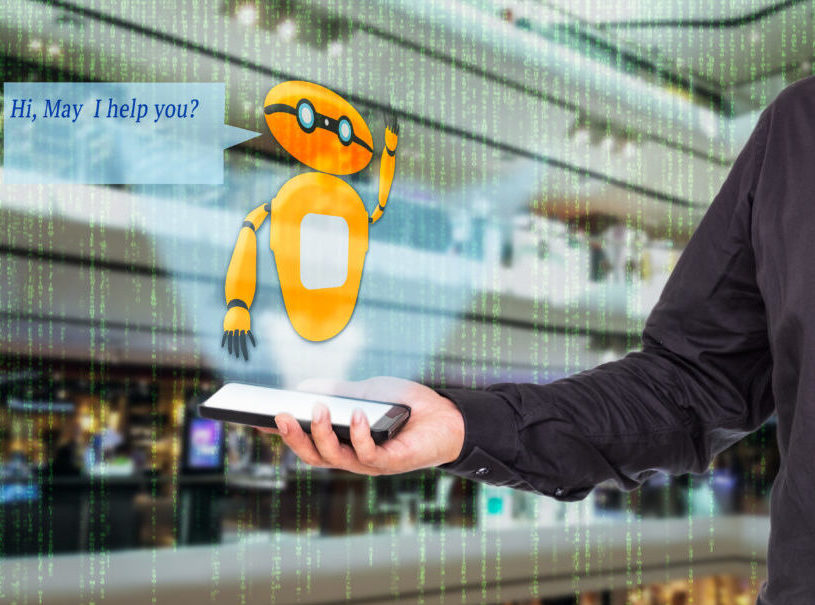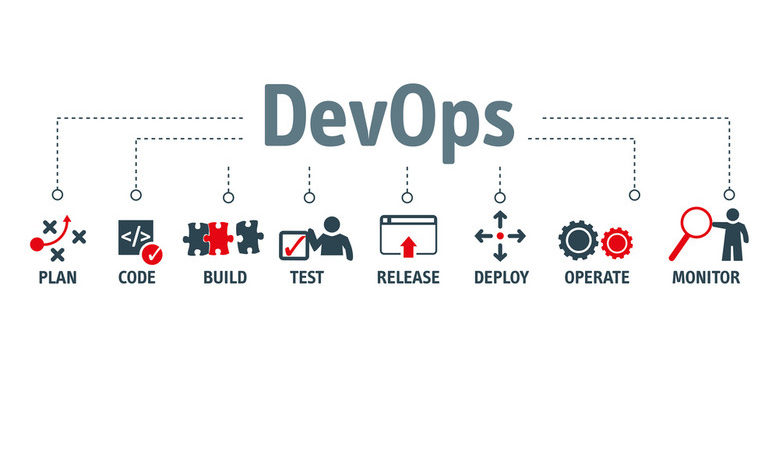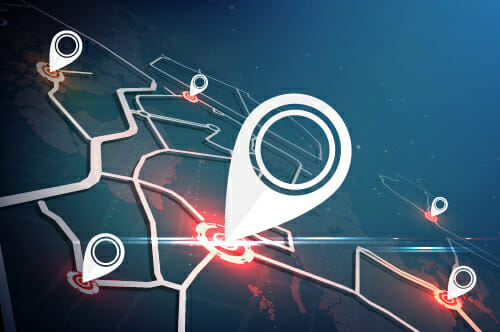Carlsberg is the perfect example of a traditional organisation embracing the digital.
We have already seen how the Danish brewery transitioned to the cloud, specifically Microsoft Azure, with the help of Accenture:
A story of digital transformation: Accenture assists Carlsberg in cloud transition
As part of this digital transformation drive, Avanade — founded in 2000 by Accenture LLP and Microsoft Corporation — was also employed to develop and deliver a security chatbot called Carrie.
Today, from a security standpoint, the stakes have never been higher. The financial and reputational fallout of a data breach, most of which are caused by employee mistakes, is now a serious concern for business stakeholders. Carrie helps mitigate this by providing employees with answers to security rules and regulations 24 hours a day, 7 days a week.
Carrie was first presented at Microsoft’s build conference, where “you could ask questions around particular policies to receive clarifications and summaries, especially when you weren’t quite sure what a particular policy might impact on you, such as am I allowed to share this information? You could ask this type of question,” explains Chris Lloyd-Jones, emerging technology, product and engineering lead at Avanade.

What have been the results? Speed has been a big ROI — employees are getting answers much more quickly. And, the chatbot has improved employee engagement with security. Security can often be seen as a very scary thing, people try to avoid it and they may not consider it. What Carrie has done is “make security be seen as something that supports everyone through the chat interface, rather than as policies and procedures that people almost try to work around,” says Lloyd-Jones.
Accenture and Microsoft (and Avanade) launch new business group
Chatbot implementation best practice
When developing chatbots in general, it’s important to go beyond a listing of requirements or standardised questions. Why? Because when you engage with a chatbot, you’re generally engaging with something that’s emulating a person. It should be quite clear that it isn’t a person but it needs to have a personality, it needs to have a tone of voice and it also needs to be very clear what it can and cannot do.
Stage 1 — design
According to Lloyd-Jones, any successful chatbot implementation should start with a design-led thinking session, “where we bring together all the different stakeholders who have discussed the chatbot they want”.
In this session, the different stakeholders would start to hone down what the chatbot’s function would be and what it would not be. This way “we can identify limitations and barriers and we can then identify the most appropriate way for the chatbot to talk. Is it going to be very formal, is it going to be informal? How will people speak to it? Will they phone up and speak in a text to speech format? Will they talk on a mobile application or on Skype?”
Organisations should then map out the journey of the chatbot conversation: sequence diagrams, what topics might be best, will we monitor the emotion of the person?
“That’s how we would start off in a design-led thinking workshop. We might also look at the taxonomy of phrases which we’d be looking at,” continues Lloyd-Jones.
Stage 2 — prototype/implementation
Following the design phase, businesses and their partners should then identify the data sources, how the chatbot will think, where the information will go to its brain and what the commercial applications could be.
Typically, this then involves testing out the prototype on an organisation’s selected use cases.
“We’ll start to figure out what will be defined in hard code and based on our understanding of machine learning and understanding of learning of data, what can we allow the bot to train itself on? When might the pain points be?” says Lloyd-Jones.
During the prototype phase and into implementing the chatbot, it’s important to identify where the bot isn’t performing so you can optimise it. “We try to identify those early in the planning,” he says.
Stage 3 — business case
At this stage, organisation’s have gone through the workshop and planning phase. Next up is developing the business case. Lloyd-Jones says “you can do this with the business, figure out what is their concern and get consensus from everyone of what they’re business goals are from introducing the chatbot.”

Chatbot challenges
Adoption is a major challenge, as with any technology. If you ask a chatbot a question and it doesn’t respond, people might not use it again. How do you get people to re-engage with a chatbot if they’re already had a bad experience?
The second challenge surrounds access to data. If your chatbot is intended to support functions like HR, legal or anything else, many of those functions don’t have their data in a very structured format — it might be buried in policy documents or handbooks. How do you get that information and integrate into a chatbot?
Chatbots are designed to solve issues, but when they can’t how do you smooth the transition over to a human?
Emotion is the final chatbot challenge. If someone is frustrated, how does chatbot recognise that? People will be rubbed up the wrong way when chatbot personalities don’t adapt to what they’re hearing.
What is a chatbot? How to make a chatbot? Why chatbots fail? All your questions answered
The internal chatbot
Chatbots are perceived as a customer experience tool, which can be applied on websites and via the phone to improve the customer experience.
While this is true, the majority of Avanade’s clients are developing chatbots internally for different processes — mainly to improve the employee experience.
In some of the large oil and gas companies, for example, Avanade has helped them create legal chatbots, which serves a similar function to Carrie by tackling those pernickety queries. In these instances, it has allowed the internal legal team to deal with the more complex legal queries, while the chatbot answers things like: I have a government counter-party with this contract, can I deal with it and what do I need to do?
Also chatbots — as we have covered in HR, chatbots and robotic process automation: key for digital transformation — are important in helping modernise HR, which in turn can support wider digital transformation drives.
Avanade, for example, has a chatbot that all of its 30,000 employees can use. “It’s been around for a couple of months now and I can ask it for my holiday allowance, I can see what’s coming up in my calendar. If we’re working with a client, I can find out who the best person to speak to is,” claims Lloyd-Jones. “Initially, I think the adoption for me was quite slow. But, now I find it a really convenient tool.”

Chatbot R&D
Chatbots started many years ago, with Elisa — the psychology chatbot developed at MIT in 1966.
The history of the chatbot: Where it was and where it’s going
But, in the last five to ten years there’s been a revitalisation of the technology, starting with SMS through to Skype.
What’s changed in the last few years is the ability to leverage artificial intelligence machine learning to improve what chatbots can do; to better understand language or answer questions more effectively etcetera.
A year ago people were using chatbots for basic FAQs, but now organisations are creating chatbots that can self-learn, identify similar queries and propose solutions.
Chatbot R&D is a particularly exciting space. For example, “we’re now seeing chatbots where you can upload voice samples from professional actors or people in your company, to make a branded chatbot that can talk to you in your own language,” says Lloyd-Jones.
“We’re also seeing more of a focus on the design of the chatbot and the technology behind that. For example, at Microsoft and Avanade, we have chatbot composers that allow you to visually create a chatbot through a drag and drop interface, so that you can then focus on how the chatbot will talk, rather than on the code.”
This means that the future chatbot will be built by designers instead of developers. These designers can; define the personality of the chatbot based on brand, focus on the customer relationship further and then integrate other new technology sources.
“Chatbots are going to become much smarter, to the point where it will be quite hard to tell them apart from people” — Lloyd-Jones
Chatbot ethics
Chatbots should speak in a human way but shouldn’t pretend to be human. If people are given the impression they are talking to a human but then learn it is, in fact, a robot, they will naturally lose trust in that technology.
There are also concerns about information harvesting. The chatbot is there to optimise, and so concerns arise around people’s personal information being stored and used to improve services. “Organisations need to be quite clear with what they’re doing, why they’re doing it and how any information provided will be processed,” says Lloyd-Jones.







